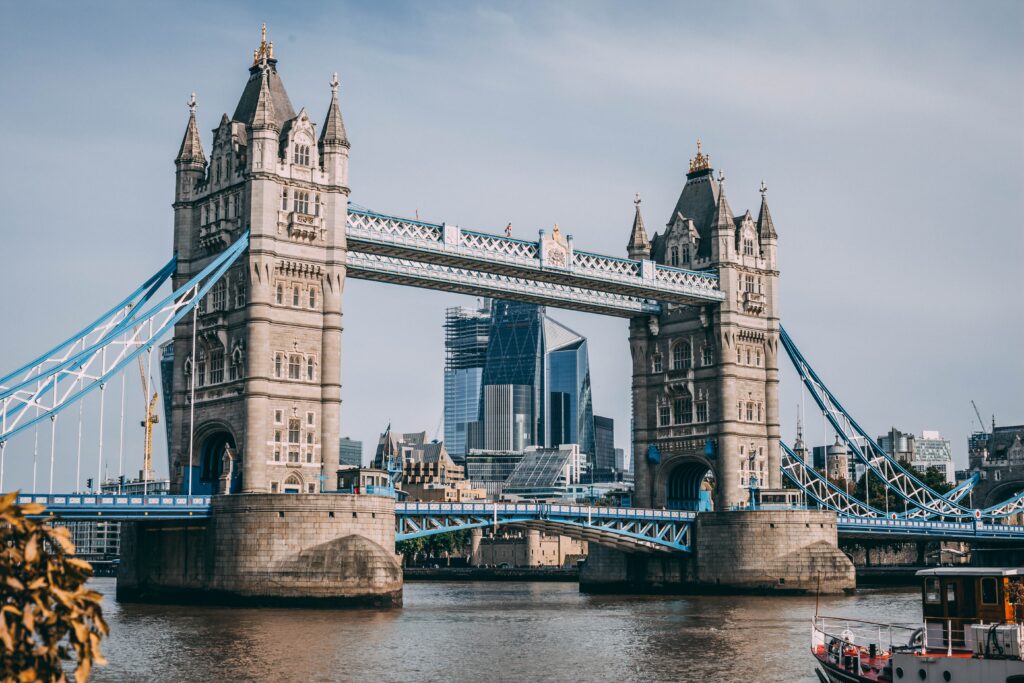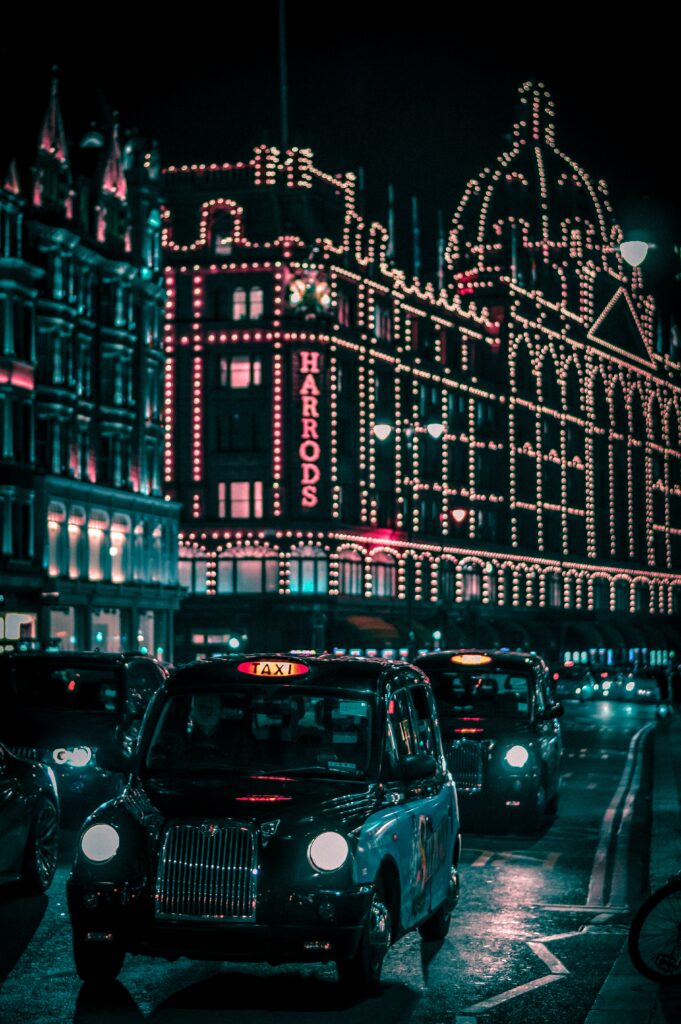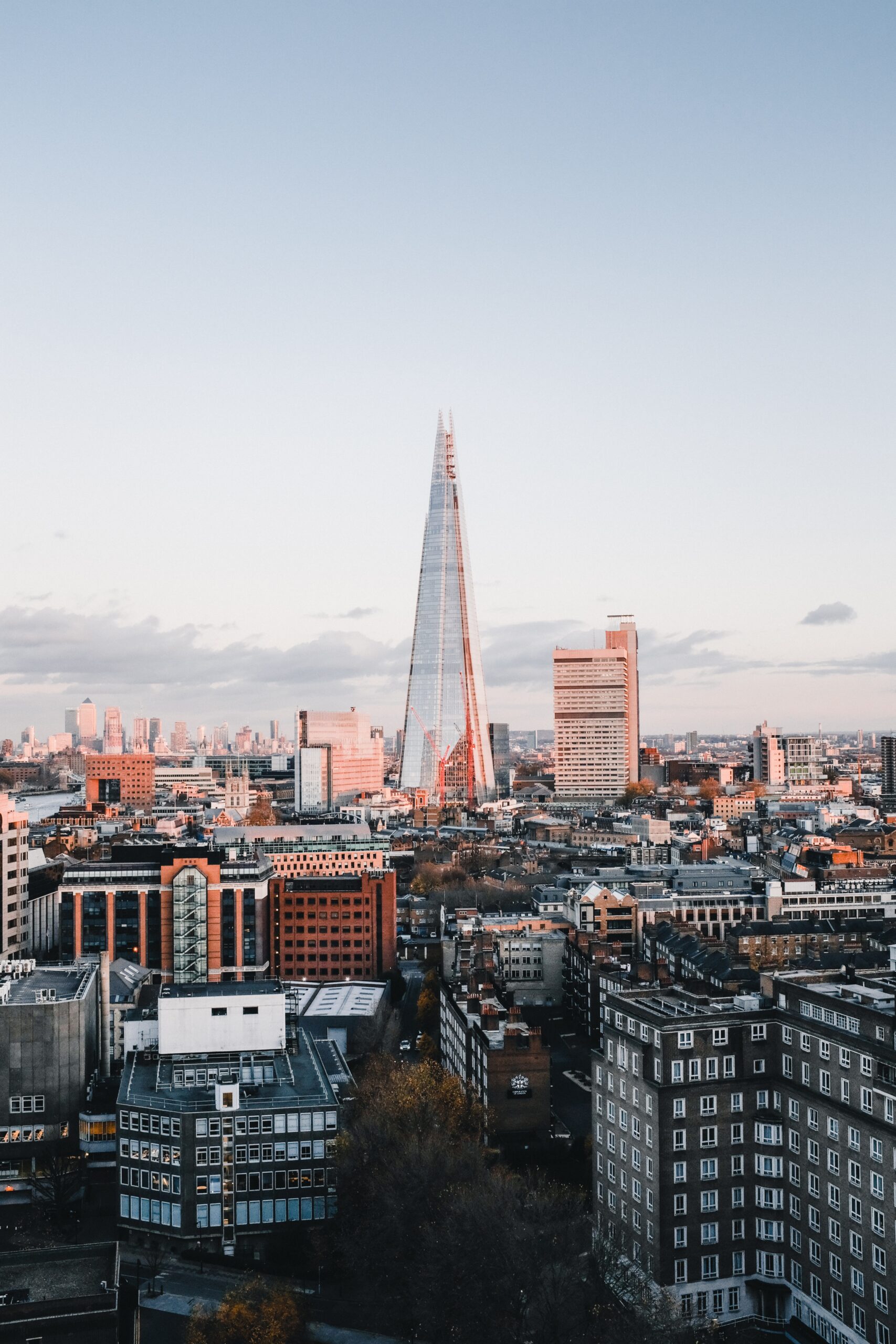The 20th anniversary edition of Frieze London has marked a turning point for the renowned art fair, as it has undergone significant changes over the past two decades. While the event was once known for its quirky and experimental elements, it has now become unapologetically commercial, catering to a larger audience and higher price points. The fair’s growth and transformation reflect the evolution of London’s contemporary art scene and the shifting dynamics of the art market. However, amidst these changes, some participants lament the loss of the unconventional and innovative spirit that defined earlier editions of Frieze London. As the fair adapts to a different city and a changing world, it remains a vital platform for galleries to showcase their artists and reach an international audience.

Changes at Frieze London
From a small event to a commercial fair
Since its inception in 2003, Frieze London has undergone significant changes. What began as a small art fair with 124 contemporary galleries and 27,700 visitors has evolved into a much larger event. The fair now boasts 167 exhibitors and welcomes over 100,000 attendees annually. Frieze London has also become part of a larger chain of fairs, with additional editions taking place in New York, Los Angeles, and Seoul. This growth is a testament to the success and popularity of the fair over the past two decades.
Increase in exhibitors and attendance
One of the key indicators of Frieze London’s transformation is the increase in exhibitors and attendance. The initial edition featured 124 contemporary gallerists, but this number has grown to 167 in recent years. Similarly, the number of visitors has surpassed 100,000 annually, illustrating the growing interest and recognition of the fair. These statistics highlight the significant expansion of Frieze London from its humble beginnings to its current status as a major event in the art world.
Frieze London as part of a larger chain of fairs
In addition to its growth in size and scope, Frieze London has also become part of a larger chain of fairs. Owned by entertainment company Endeavor, Frieze now encompasses fairs in New York, Los Angeles, and Seoul. This expansion demonstrates the global reach and influence of Frieze, solidifying its position as a prominent player in the art fair circuit. With multiple editions taking place around the world, Frieze has established itself as an international brand that attracts collectors, dealers, and art enthusiasts from various countries.
Shift towards Commerce
Focus on selling paintings
One significant change at Frieze London is the shift towards a more commercial focus. Whereas earlier editions of the fair featured conceptual stunts and experimental installations, the emphasis has now shifted towards selling paintings. Galleries at Frieze London showcase a multitude of paintings, with artists like Damien Hirst and Tracey Emin leading the charge. This transition reflects the evolving tastes and preferences of collectors, who increasingly gravitate towards traditional mediums like painting.
Absence of conceptual stunts
The absence of conceptual stunts and experimental installations is another notable change at Frieze London. In its early years, the fair was known for its quirky and unconventional exhibits, such as Noritoshi Hirakawa’s pile of odorless excrement. However, these conceptual stunts have faded from memory as the fair has embraced a more commercial approach. While some may lament the loss of these avant-garde elements, the success of the fair in its current form indicates that the shift towards commerce has resonated with both galleries and collectors.
Success of Damien Hirst and Tracey Emin
The success of artists like Damien Hirst and Tracey Emin exemplifies the shift towards a more commercially-driven fair. Both artists, who rose to fame as part of the Young British Artists movement, have transitioned from provocative and controversial works to focusing primarily on painting. Damien Hirst’s “Secret Gardens Paintings” and Tracey Emin’s violently expressionist canvases have found eager buyers at Frieze London, demonstrating the market’s appetite for these more traditional forms of art.

London’s Changing Landscape
Impact of Brexit on the city
London’s changing landscape is influenced in part by the impact of Brexit. Since the United Kingdom’s vote to leave the European Union in 2016, London has become a more challenging city to live and work in. The uncertainty surrounding Brexit has prompted some individuals, such as British collector Josh Rose, to seek opportunities elsewhere. Concerns about the economic and political implications of Brexit have led to a sense of unease in the art world, as London’s status as a global art hub could potentially be jeopardized.
Concerns about street crime
Another factor contributing to London’s changing landscape is the concern about street crime. As the city grapples with rising crime rates, some individuals, like Josh Rose, have identified personal safety as a significant factor in their decision to leave London. This issue has implications for the art world as well, as collectors and dealers may reconsider their participation in events like Frieze London if they feel their safety is compromised.
Continued international wealth in London
Despite the challenges posed by Brexit and street crime, London continues to attract significant international wealth. According to Forbes, the city is home to 63 billionaires, more than any other city in Europe. This influx of wealth indicates that London’s position as a global financial and cultural capital remains intact. Frieze London, with its focus on selling high-value artwork, serves as a platform for galleries to engage with this international audience and tap into the city’s wealth.
Hopes for Multimillion-Dollar Sales
Dealers’ expectations at Frieze Masters
Dealers at Frieze Masters, the sister fair to Frieze London, have high hopes for multimillion-dollar sales. The fair offers an opportunity for dealers to showcase top-quality pre-21st century pieces to an international audience. Salomon Lilian, a Geneva-based dealer, was optimistic about selling a 1635 Frans Hals painting titled “Portrait of a Man” for 10 million euros. However, the uncertainty of selling high-value items is ever-present, as Lilian noted that Frieze Masters is a “lucky shot” fair where success is never guaranteed.
Notable exhibits and their asking prices
Frieze Masters featured several notable exhibits with significant asking prices. These works include an early Rembrandt painting titled “Blind Tobit with the Return of Tobias” priced at $30 million, a wooden Madonna and Child sculpture by 15th-century German sculptor Tilman Riemenschneider priced at $5 million, and the final proofs of Henry Matisse’s famous 1947 “Jazz” print portfolio priced at $10 million. While these pieces garnered attention, by the end of the fair, none of them had found buyers. This uncertainty highlights the challenges of selling high-value artworks in a competitive market.
The uncertainty of selling high-value items
Selling high-value items at fairs like Frieze Masters is not without its challenges. The fluctuating nature of the art market and the subjective nature of art appreciation make it difficult to predict buyer interest and willingness to purchase. Despite dealers’ hopes for multimillion-dollar sales, the reality is that success is not guaranteed. These uncertainties are inherent to the art market and underscore the risks faced by galleries and dealers when showcasing high-value items at fairs.

Frieze Week in London
Other art fairs and auctions during Frieze Week
Frieze Week in London is a bustling time for the art world, with numerous other art fairs and auctions taking place alongside Frieze London and Frieze Masters. Events like the PAD London design fair and the 1-54 Contemporary African Art Fair offer additional opportunities for collectors and art enthusiasts to engage with a diverse range of artwork. In addition, established auction houses such as Sotheby’s, Christie’s, and Phillips hold auctions featuring notable artworks during Frieze Week. This convergence of art-related events creates a vibrant and dynamic atmosphere in London, attracting a global audience.
The need for a fair for younger galleries
While Frieze London and Frieze Masters cater to established galleries, there has been a need for a fair specifically dedicated to younger galleries and emerging artists. Collectors and art enthusiasts often seek fresh talent and new perspectives, which may be found in galleries that have not yet achieved widespread recognition. The absence of such a fair in London has been a gap in the art market, prompting the creation of initiatives like Minor Attractions.
Minor Attractions filling the gap
Minor Attractions, a nonprofit founded by London dealers Jonny Tanna and Jacob Barnes, seeks to fill the gap left by the absence of a fair for younger galleries. They organized two small, scrappy selling exhibitions as part of Frieze Week. One of these exhibitions, “Cornershop,” provided a platform for 18 younger dealerships to showcase over 30 artists. While these exhibitions may not have the same scale and recognition as Frieze London, they offer an opportunity for collectors to discover fresh talent and support emerging artists.
Minor Attractions’ Exhibition
Description of the ‘Cornershop’ exhibition
The “Cornershop” exhibition, organized by Minor Attractions, was held in a refurbished railway arch near London Bridge train station. The exhibition featured over 30 artists represented by 18 younger dealerships, providing a platform for emerging talent to showcase their work. One notable feature of the exhibition was a column embedded with sculptures by artists from the South London group called Collective Ending. Despite limited information available in the gallery, the exhibition aimed to create a hub for activity outside of Frieze London and give visibility to younger galleries and artists.
Challenges faced by young curators and artists
Young curators and artists face a myriad of challenges in the art world. The competitive nature of the industry, coupled with limited resources and opportunities, can make it difficult for emerging talent to gain recognition. The high cost of living in cities like London adds an additional barrier, forcing some artists and curators to leave the city or the country in search of affordable alternatives. Initiatives like Minor Attractions aim to address these challenges and provide a platform for young curators and artists to showcase their work and gain visibility.
The need for fresh starts in London
London, despite its status as a global art hub, could benefit from fresh starts and opportunities for young curators and artists. As competition and financial pressures mount, the art world needs continuous infusion of new talent and perspectives. Initiatives like Minor Attractions and the ‘Cornershop’ exhibition provide a much-needed platform for emerging artists, addressing the gap left by the absence of a fair for younger galleries. Fresh starts and new opportunities are essential for the growth and vitality of London’s art scene.
Conclusion
Frieze London has evolved significantly since its inception, transforming from a small event to a major commercial fair. The focus on selling paintings and the absence of conceptual stunts reflect a shift towards a more commercially-driven fair. London’s changing landscape, impacted by Brexit and concerns about street crime, poses challenges for the city’s art world. Despite these challenges, the continued presence of international wealth in London reinforces its position in the art world. Hopes for multimillion-dollar sales persist at Frieze Masters, although the uncertainty of selling high-value items remains. Frieze Week in London offers a plethora of art fairs and auctions, with a need for a fair dedicated to younger galleries. Minor Attractions and their ‘Cornershop’ exhibition fill this gap, providing fresh opportunities for emerging artists. The evolving nature of Frieze London, London’s position in the art world, and the importance of new opportunities for artists and galleries highlight the dynamic and ever-changing nature of the art industry.

